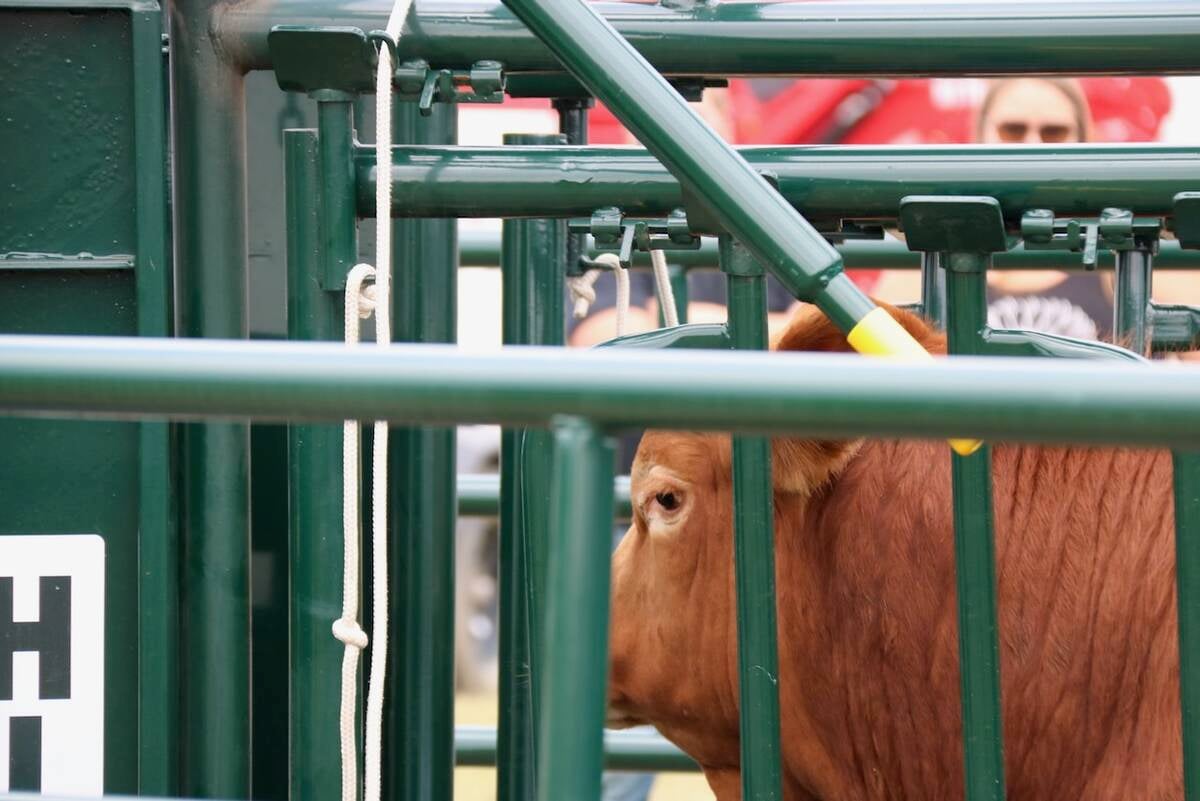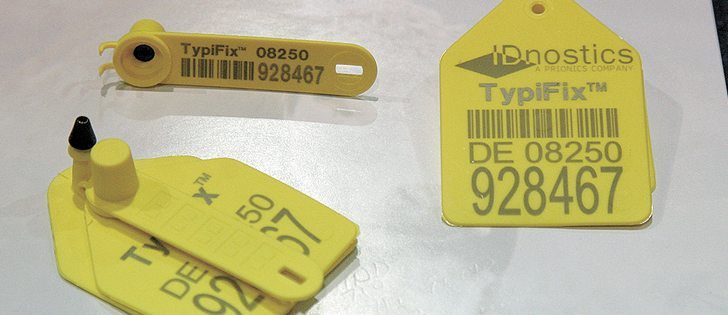Veterinarian advises a vaccination program, controlled breeding season and culling of animals that test positive
KANSAS CITY, Mo. — Producers may claim their operations do not have bovine viral diarrhea because herd health is good.
Pregnancy rates are high with few abortions, there are no birth defects, and calves are healthy and gaining well.
However, producers who don’t test for the troublesome virus may not know it is circulating among calves born with a persistent infection, scientists said during an April 7 BVD symposium in Kansas City, Missouri.
“We have to understand that BVD can have situations where it is on the farm and it is not causing a huge disease outbreak on that farm, but as soon as we go into expansion mode, we create a real opportunity for BVD to create a huge problem,” said Dan Givens of the Auburn College of Veterinary Medicine.
Read Also

Good handling equipment a must on cattle operations
It’s important for the safety of producers and everyone else dealing with their stock that handling equipment is functional and safe.
“This is one of the few diseases that is very easy to blame on somebody else,” he said.
“If you have a PI (persistently infected) animal on your place, you know who to blame.”
Calves can be infected while they are still in the womb, and those that survive are carriers for life.
Givens said there is no good way to test the calf before it hits the ground. The producer already has nine months invested, and spending money on testing may not seem economically feasible.
He cited a Greek study of a large outbreak on an expanding dairy farm. The farm was bringing in more females to build the herd and later reported a 30 percent death loss among the new heifers.
Testing showed the farm had had multiple persistently infected animals in the main herd for years, and the new heifers were infected when they were introduced.
The actual prevalence of the disease is not known, and although most producers say they know what the disease is, they are not doing much to keep it off their operations.
Many herds are free of the virus, but affected herds may have 10 percent persistently infected animals. A Montana herd survey from 2006-09 found that 38 of 585 herds had persistently infected cattle.
One study offered free testing to 303 producers, but only 205 followed through.
Givens promotes testing, but admitted that not all laboratories provide accurate results. It is important to develop a relationship with a lab and make sure samples are handled correctly. Get a second opinion if a positive comes back.
He recommended testing bulls before they are turned out.
Cows without calves, calves on the ground and heifers should also be tested.
A vaccination program should be used, although vaccines do not provide 100 percent control and do not help the persistently infected.
A controlled breeding season is important so that calves don’t arrive at unpredicted times.
Good records are needed to show which animals tested negative. Positive bulls and cows without calves need to be sold with identification for immediate slaughter.
Follow-up surveillance is a critical aspect to assessing and maintaining negative BVD status.
Persistently infected animals need to be humanely removed from the herd and must not be sold to someone else.
Institute biosecurity measures to prevent herd exposure to persistently infected animals, and limit opportunity for exposure to temporarily infected animals.
Test and quarantine all herd additions.
















